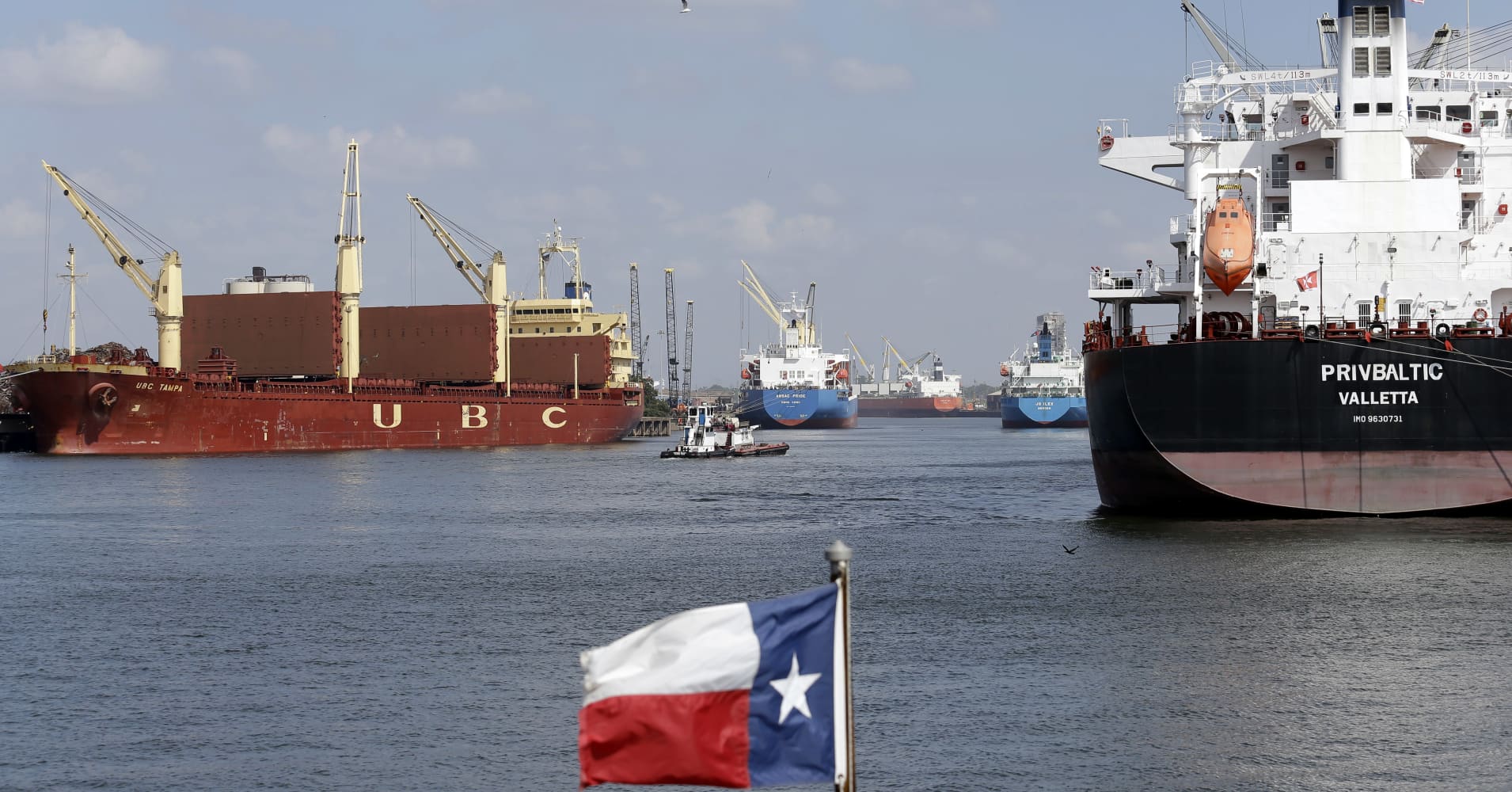
If fuel prices rise too much, the refining industry could be self-policing, and move quickly to provide more fuel. “My thing is the refining industry has a good track record of averting disaster. While it is concerning, I wouldn’t panic over it. There’s no greater incentive to race more production than if prices skyrocket,” said John Kilduff, partner with Again Capital.
The concern is that the rule change is global, and the U.S. is far from the largest user of high sulfur fuel with Singapore and Rotterdam being major bunker ports. “You’re going to have a lot of folks competing for a fixed asset, and it’s a global market,” said American Trucking Association official Kedzie. “Just because it might be refined here doesn’t mean it has to be used here. There’s no law that says any crude that’s pumped in this country or any product that’s refined in a U.S. refinery has to stay in the United States.”
The Coalition for American Energy Security said it believes the rule change provides a big opportunity for U.S. refined product exports and that recent analyses show the U.S. industry is on track to meet demand.
“IMO 2020 presents an enormous economic opportunity for the U.S. energy industry and its workers to supply low-sulfur fuels to the global market. These standards give the U.S. a significant advantage over foreign oil producers whose nations haven’t made necessary infrastructure investments,” a spokesman said.
Ultimately, the markets should calm down, but it’s difficult to tell just how much volatility there will be and how high prices could go, with the price of crude a major mitigating factor. Joswick said the heavy sulfur fuel is from about 3 percent of the world’s oil output.
IHS Markit’s Barrow estimates that perhaps 600,000 barrels a day of the higher sulfur fuel will continued to be used by ships with scrubbers. “Ships can either buy this new fuel which is more expensive or they could spend a few million dollars of capital to install a scrubber. We’ve seen a significant increase in orders and installation of scrubbers starting in 2018,” he said.
“Another 400,000 or 500,000 [barrels of bunker fuel] could be in noncompliance….Our analysis says some of the ships coming out of the ship yards will be designed with more efficient engines that use the new fuel,” he said. “Some in certain kinds of trade, particularly container vessels, those are in the future going to use LNG. Some cruise ships have put on scrubbers.”
Carnival, for one, said it already has scrubbers on most of its ships, and it has plans to add 11 LNG ships to its fleet over the next five years. “The Advanced Air Quality Systems (generically known as exhaust gas cleaning systems, or scrubbers) are installed on 71 of the company’s more than 100 ships and, through extensive independent testing, the systems have proven capable of outperforming low-sulfur fuel alternatives such as marine gasoil (MGO) in terms of cleaner air emissions with essentially no negative environmental impact to oceans and seas,” a spokesman said in an email.
Randal Mullett, transportation industry consultant with Mullett Strategies, said shippers will find ways to save on fuel costs.
“They’ve indicated they’re anticipating huge increases in their costs, and perhaps there are some other implications, like they revert to slow steaming to save fuel. That has big implications on supply chain,” he said, noting cargoes could arrive days later than normal if ships slow their travel speed.
Some analysts say the cost to shippers could rise by a third or more if they have to switch from high sulfur fuel to low sulfur fuel.
Joswick said he expects U.S. refiners to easily handle the increase in marine fuel.
“Refineries have a certain amount of flexibility and they respond to price. They all run their models to simulate how they can get the best margins,” he said. “U.S. refiners are very well positioned to do this. Refineries in Europe will be more challenged. The effect of this is price has to move [higher] for this to happen.”
Lee said the complex refiners along the Gulf Coast will benefit from the fuel change and they can easily respond to the demand. “The U.S. is very well positioned,” he said.
He said the adjustment period for the transportation industry could last a few years.
“By 2022, into 2023, prices will have normalized and there’s a new mix of fuel use in the shipping sector. On day one, diesel demand jumps and high sulfur fuel demand drops significantly,” Lee said. “Scrubbers are being installed and refiners are building more capacity. They aren’t doing it all on day one. It’s more a slow progression.”
Be the first to comment